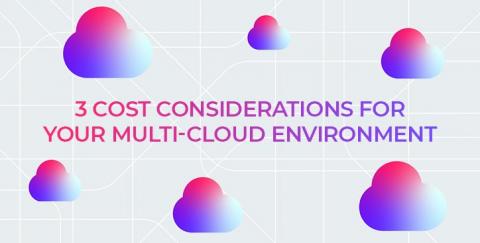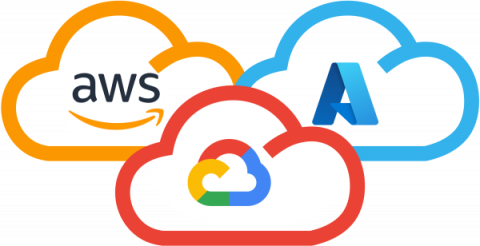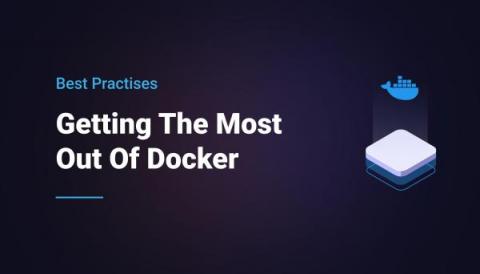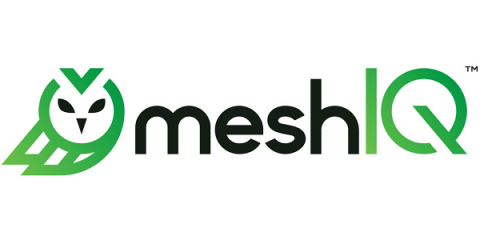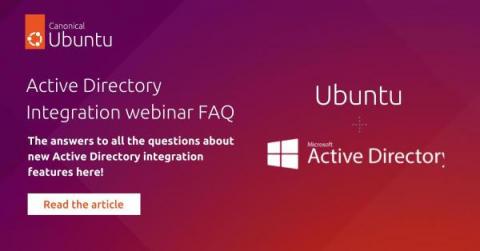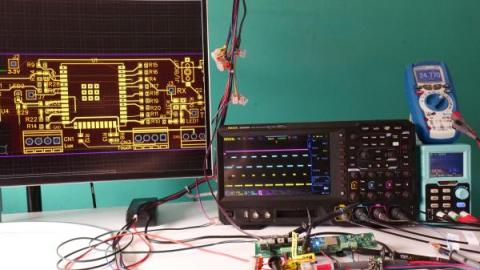Operations | Monitoring | ITSM | DevOps | Cloud
Latest News
The Challenges of Building Multi Cloud
Multi cloud has long been a contentious topic when you talk about cloud infrastructure. Infrastructure as code tools such as Terraform and Pulumi have made deploying to any cloud much easier - you can now use a single interface to deploy infrastructure to virtually any cloud environment. However, the effort of creating infrastructure for each cloud provider still requires significant expertise and time to get right, leading many to see it as a effort not worth taking.
Getting The Most Out Of Docker
CI/CD Pipelines for Kubernetes: Best Practices and Tools
Kubernetes is today’s leading container management platform, due to its comprehensive API and developer-friendly features. Using Kubernetes, you can create scalable and reliable applications that run on-premises systems and public clouds. Its out-of-the-box features allow it to distribute hundreds of instances over data centers and keep them up and running. In order to catch up with the automation level of Kubernetes, developing and deploying applications requires more autonomy.
Simplifying SLO and Error Budget tracking for SRE teams
Service level objectives (SLOs), and the subsequent service level indicators (SLIs) are the foundation to establishing a strong SRE culture and how they promote accountability, trust and timely innovation. We are on a mission to simplify SLO and Error Budget tracking and with that aim in mind, we have added the SLO Tracker feature to the Squadcast platform. SLO Tracker seeks to provide a simple and effective way to keep track of your error budget burn rate without the hassle of configuring and aggregating multiple data sources.
Red Hat Shares - Cloud services basics
Enterprises spent US$178 billion on cloud infrastructure services in 2021, 37% more than in 2020. And “global spending on cloud services is expected to reach over US$482 billion in 2022.” Clearly the use of cloud services is on the rise. But what are cloud services exactly, and why are they beneficial? Cloud services are infrastructure, platforms, or software that are hosted by third-party providers and made available to users through the internet.
Monitor PlanetScale with Datadog
PlanetScale is a serverless, MySQL-compatible database platform powered by Vitess. PlanetScale handles database scaling while also providing you with the tools to increase your development velocity, such as branching, non-blocking schema changes, automatic backups, built-in connection pooling, as well as a helpful interface and CLI. Datadog’s new integration gives you deep visibility into your PlanetScale databases, so you can optimize your usage and costs.
New Active Directory integration features in Ubuntu 22.04 - FAQ
Linux Active Directory integration is one of the most popular and requested topics from both the community and our clients. On May 17 we delivered a webinar on the new AD integration features introduced with 22.04 (now available on demand) and following that we received an overwhelming number of questions. In this blog post we would like to address directly the most frequent ones
Embedded Linux development on Ubuntu - Part II
Welcome to Part II of this three-part mini-series on embedded Linux development on Ubuntu. In Part I, we set the stage for the remainder of the series and gave an overview of snaps, the packaging format at the heart of embedded devices running Ubuntu. Snaps are a secure, confined, dependency-free, cross-platform Linux packaging format. Software publishers often want to manage their application components using containers.
Intro to the CLI Part 4: Customizing Your CLI Shell
So far in this series, you have learned why it’s important to understand how to use the command line, some command line basics and shell commands, and all about running CLI-based applications and command line tools. In this part of our CLI intro series, you are going to learn the basics of customizing your shell user experience. In this part of the CLI intro series, we’re going to focus on.


